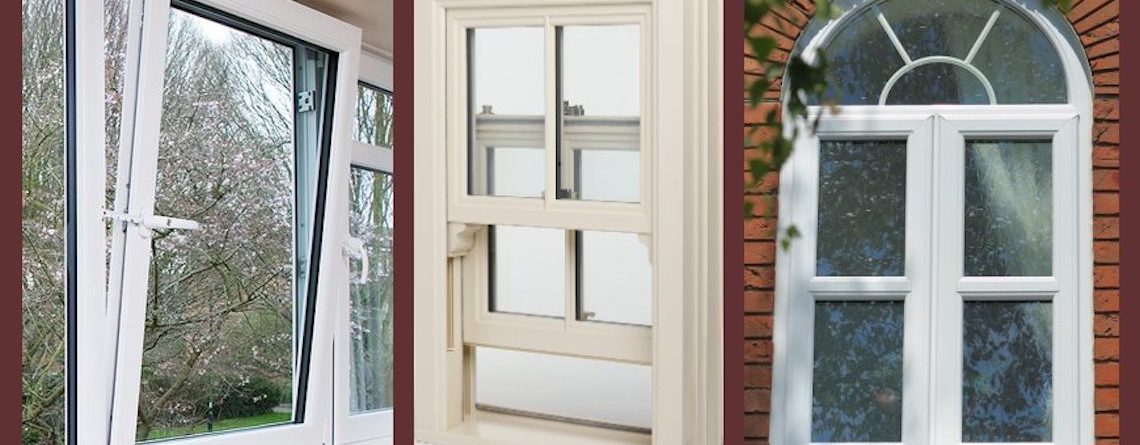A Window in the Door: More than Just a Pane of Glass
Initially glance, a window in a door might seem like a simple architectural function. It's simply a piece of glass that allows light to filter through or provides a glance of what's on the other side, right? However when you pause to consider it, this relatively ordinary component brings significant practical, visual, and even symbolic weight. Whether it beautifies the doors of your home, workplace, or preferred café, a window in a door is even more than just a pane of glass-- it's a bridge in between areas.
1. Functionality: The Practical Role of Door Windows
The addition of a window to a door provides practical benefits that can improve both property and commercial areas:
Natural Light: One of the main functions of a window in a door is to enable sunshine to pass through. In french door with side windows with minimal windows or enclosed locations like corridors or interior offices, this feature can lighten up the space, decrease the dependence on synthetic lighting, and create a more inviting atmosphere.
Visibility and Safety: A window in a door offers a clear view for those on either side. This is specifically important in commercial and industrial settings, such as restaurants, factories, or schools, where individuals often move through doors. Presence lowers the risk of accidents (e.g., someone walking into a door or hitting somebody on the other side).
Ventilation and Energy Efficiency: When coupled with operable glass or modern technologies like double-glazing and low-E glass, door windows can add to better air circulation and energy performance in your home or work space.
Security: While breaking glass might appear like an open invitation to intruders, contemporary designs have resolved this issue. Reinforced glass, tempered glass, or styles with narrow panes can make the window resistant to forced entry while still satisfying of visibility and light.
2. Aesthetic Appeal: Enhancing the Visual Identity of a Space
From a style point of view, windows in doors can elevate visual appeal in many methods:
Style and Character: The style of the window typically matches the architectural vibe of the residential or commercial property. A home with a rustic or farmhouse look may include a door with frosted or stained glass, while a sleek, modern-day home may showcase a minimalist door with easy, tidy lines.
Personalization: Door windows can be found in various sizes and shapes-- round, rectangular, oval, arched, or custom-made to match your choices. This flexibility offers property owners and architects the capability to produce doors with creative flair and individual touches.
Curb Appeal: The entry door is often the focal point of a home's exterior, and a well-designed window within it can turn an otherwise normal door into a vibrant design statement. Frosted or etched glass, for instance, can communicate sophistication and beauty.
3. Significance and Meaning: Beyond the Practical and Aesthetic
On a much deeper level, a window in a door brings symbolic meanings that resonate throughout cultures and contexts:
Openness and Connection: A door with a window promotes a sense of connection in between 2 discrete spaces. Whether it's between a home and its front backyard or an office conference room and a corridor, the window can make these spaces feel less isolated and more incorporated.
Openness: In offices, doors with windows signify openness and responsibility. A manager's workplace with a glass-panel door, for circumstances, can indicate approachability, decreasing the hierarchical barrier that a strong closed door may create.
A Threshold of Opportunity: Metaphorically speaking, a door with a window can represent a view into new opportunities. It offers a preview into what lies ahead-- a fitting image for personal growth and expedition.
4. Modern Trends: Innovations in Door Window Design
Advances in technology and design are constantly improving how we think of door windows. Here are a few patterns to see:
Smart Glass: With the advent of clever innovation, windows that can change from transparent to opaque with the touch of a button are acquiring appeal. These modern choices offer privacy as needed without sacrificing the benefits of natural light.
Energy Efficiency: Double- and triple-glazed door windows with advanced insulation are ending up being standard in energy-conscious homes. These not only keep your energy expenses in check but likewise reduce ecological impact.
Decorative Enhancements: Patterns, etching, and colored glass inserts are becoming more detailed, offering homeowners endless possibilities to individualize their doors.
Safety Upgrades: Impact-resistant glass and shatter-proof films are progressively being incorporated into door windows, particularly in areas prone to storms or high-security needs.
5. Considerations for Choosing a Door with a Window
Before picking a door with an integrated window, there are a few aspects house owners and designers ought to remember:
Privacy: While a window provides exposure and natural light, it can also jeopardize personal privacy. Frosted glass or strategically placed window styles can mitigate this issue.
Maintenance: Glass in doors will collect finger prints, dirt, and smudges, particularly in high-traffic locations. Choosing materials that are simple to tidy or have protective finishes can save time.
Combination with the Environment: Choose a door window style that matches the surroundings. A door in a peaceful, domestic neighborhood may prioritize looks, while one in an industrial structure may stress durability and security.
Conclusion: A Small Feature with Significant Impact
As basic as it may appear, a window in a door is a feature that blends practicality with beauty, security with style, and connection with individuality. It's a suggestion that the smallest information in architecture can have the power to transform not only our spaces but also the way we connect with them.

Whether you're peering through a glass panel to welcome a guest or letting natural light filter into your home, a window in a door is much more than a style aspect-- it's a method to open ourselves to the world, one pane of glass at a time.
